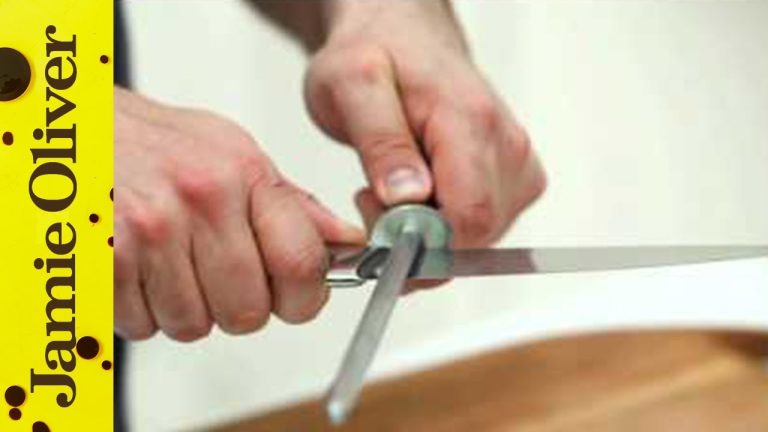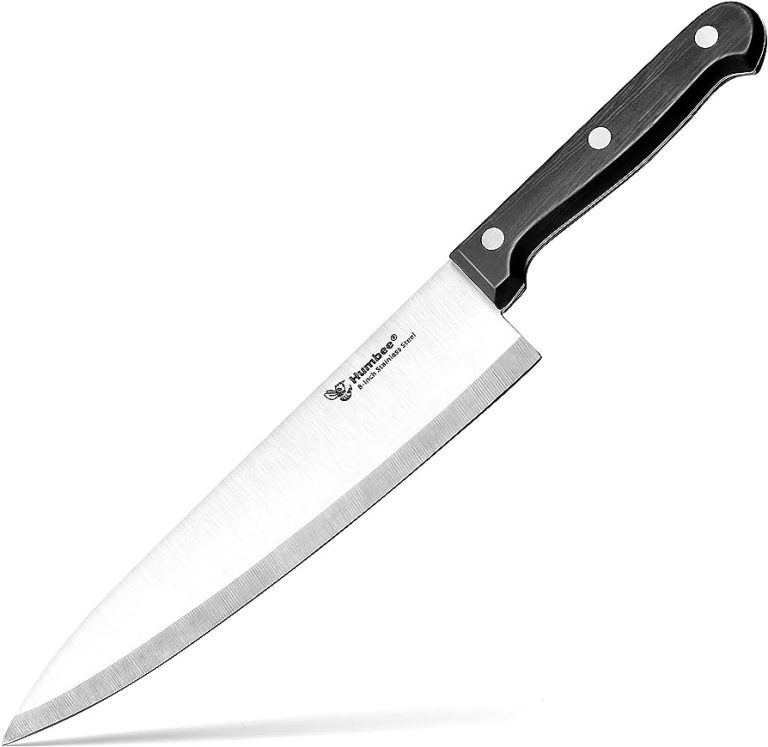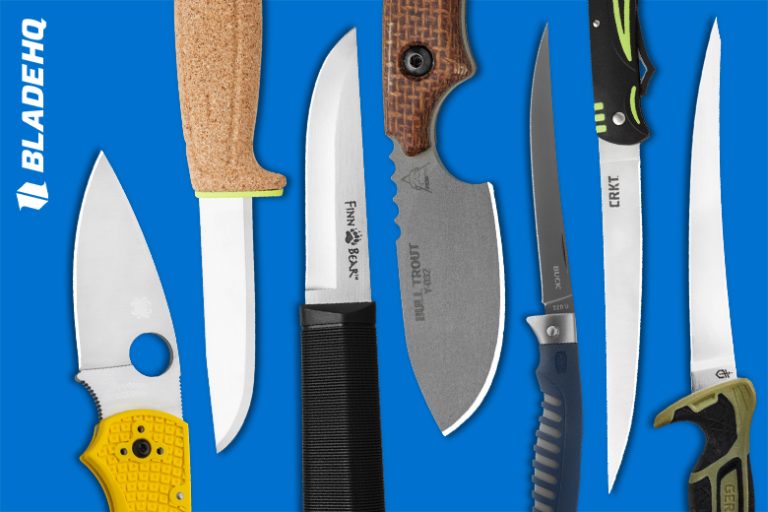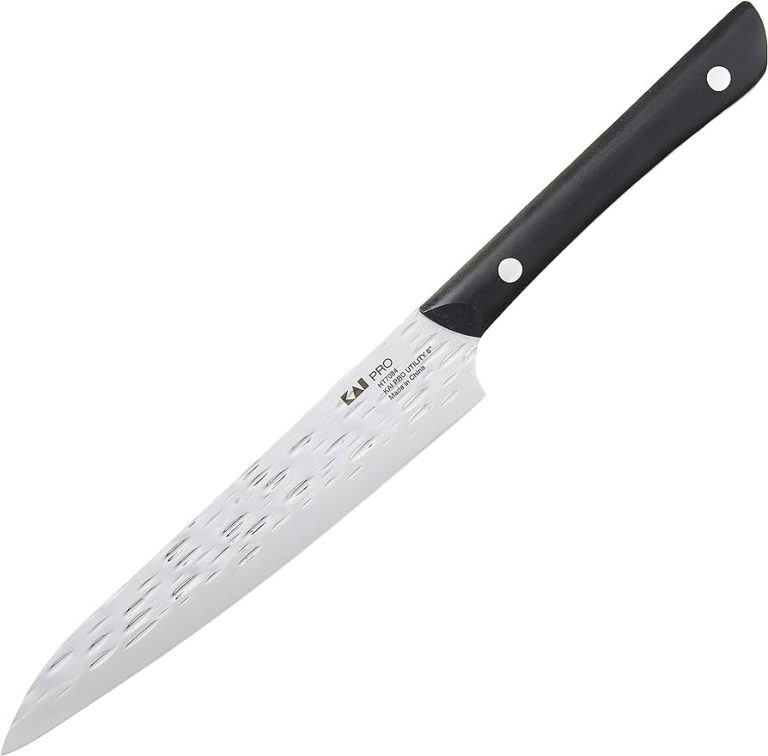Serrated Vs. Straight-Edged Knives: Which to Choose?
Serrated and straight-edged knives have different advantages; choose based on your cutting needs. Deciding between using a serrated or straight-edged knife is an essential consideration for any cook or chef.
Both types of knives have distinct benefits and excel in specific cutting tasks. Serrated knives are perfect for slicing through foods with tough exteriors like bread or tomatoes, providing clean cuts without crushing the delicate interiors. On the other hand, straight-edged knives offer precision and control when dealing with tasks that require fine slicing or dicing, such as meat or vegetables.
To make an informed decision on which knife to choose, it is crucial to understand the differences between serrated and straight-edged knives and assess your specific cutting requirements. By doing so, you can ensure optimum cutting performance and efficiency in the kitchen.

Credit: www.amazon.com
Serrated Knives: Their Advantages And Uses
Serrated Vs. Straight-Edged Knives: Which to Choose?
What are serrated knives?
Serrated knives are knives that have a saw-like edge, with small teeth along the blade. These teeth make serrated knives different from straight-edged knives, which have a smooth, straight blade. The serrated edge of these knives allows for more aggressive and efficient cutting, making them suitable for various purposes.
Serrated vs. straight-edge knives: Pros and cons
Serrated knives have certain advantages over straight-edge knives. They are perfect for cutting through crusty bread without squashing the soft interior. They are also ideal for delicate foods like tomatoes or citrus fruits, as the serration helps maintain their shape during slicing.
However, straight-edge knives offer more precision when cutting through easily sliced items like meat or vegetables. They are also easier to sharpen and maintain, as their blades are smooth and require less effort to keep them in top condition.
Perfect for bread and delicate food items
The serration on the knives’ edge acts as a mini saw, gripping and sawing through crusts or tough outer layers while maintaining the integrity of the interiors. This makes serrated knives a must-have for bread enthusiasts and those who frequently prepare delicate food items.
Improved grip and cutting power
The serrated teeth on the knife’s blade provide an improved grip on the food, preventing slippage during cutting. This enhanced grip, combined with the sawing motion, offers increased cutting power, making serrated knives effective in various cutting tasks.
Maintenance tips for serrated knives
Keeping serrated knives in optimal condition is essential for their longevity and performance. Some maintenance tips include avoiding using them on hard surfaces, handwashing instead of using the dishwasher, and using specialized serrated knife sharpeners to maintain their sharpness.
Straight-Edged Knives: Their Advantages And Uses
Straight-edged knives have their own set of advantages and uses that make them a popular choice among culinary enthusiasts. Understanding the benefits of using straight-edged knives can help you make an informed decision when it comes to your kitchen tools.
One of the key advantages of straight-edged knives is their versatility for various cutting techniques. With a sharp, straight edge, these knives excel at precision and control in slicing fruits, vegetables, and meats. The absence of serrations allows for clean, smooth cuts, making them ideal for delicate ingredients.
Knife sharpening techniques vary based on the type of knife, particularly for straight-edged knives. Regular honing with a sharpening steel or using a whetstone can maintain the sharpness of the blade. Keeping a straight-edged knife well-maintained ensures its longevity and optimal performance in the kitchen.
When comparing serrated vs. straight-edge knives, it ultimately comes down to personal preference and the specific tasks you perform in the kitchen. Straight-edged knives offer precision, control, and versatility, making them a reliable option for various culinary needs.
Choosing The Right Knife For Your Needs
Assessing your cutting needs and habits is the first step in choosing the right knife. Factors to consider include the type of food you typically prepare and the frequency of your cutting tasks. For example, if you frequently work with crusty bread or fibrous vegetables, a serrated knife may be more suitable for its saw-like edge that can easily grip and cut through tough surfaces. On the other hand, a straight-edged knife offers precision and control for tasks like slicing through delicate ingredients or making clean, smooth cuts. Regular knife maintenance and care are essential to ensure optimal performance and longevity. Keeping your knives clean, sharpened, and properly stored will prolong their lifespan. Finally, matching your knife to specific food preparation tasks is crucial. Different knives are designed for various purposes, such as boning, filleting, or chopping, so it’s important to use the right tool for the job.
Conclusion
Ultimately, the choice between a serrated and a straight-edged knife comes down to personal preference and specific tasks. Serrated knives excel in cutting through tough and crusty surfaces, making them ideal for slicing bread or tomatoes. On the other hand, straight-edged knives offer precise and clean cuts, making them versatile for various cutting techniques.
Understanding the differences between these two types of knives allows you to make an informed decision based on your cooking style and the types of food you frequently prepare. It is important to consider factors such as durability, maintenance, and the specific tasks you will be performing in the kitchen.
By choosing the right knife for the job, you can enhance your culinary experience and achieve the best results. So, whether you opt for a serrated or straight-edged knife, investing in a high-quality blade will go a long way in ensuring your cooking adventures are both efficient and enjoyable.






